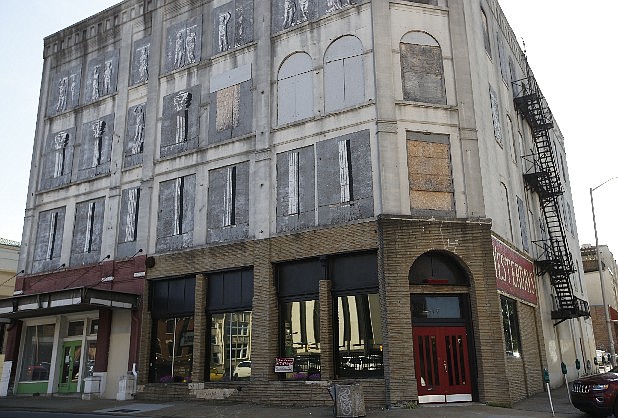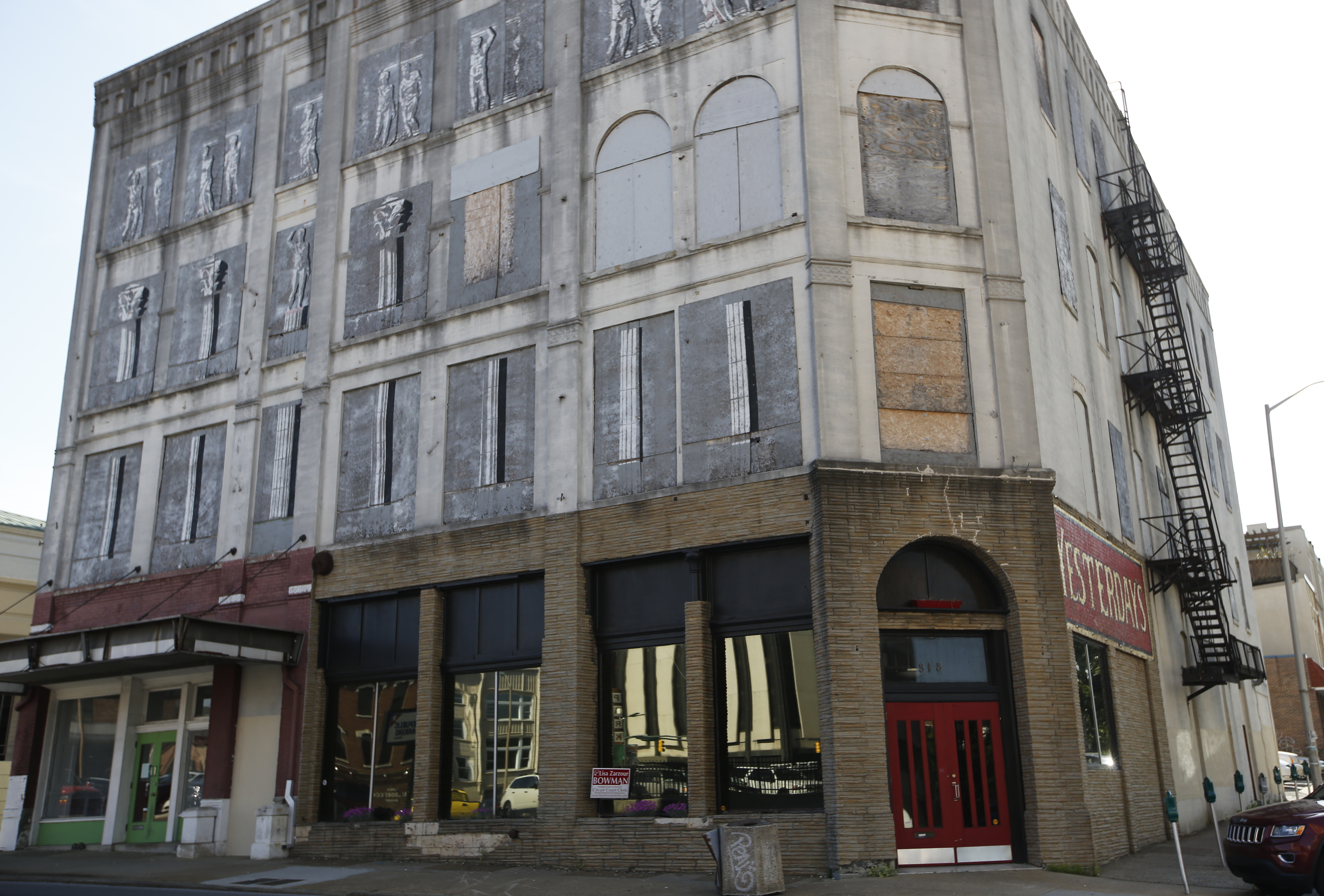DEVELOPMENTSOngoing market rate developments:• Evergreen waterfront project: 70 cottage-style homes, 200 apartments• 10th Street student housing: 600 beds• Cannon equipment site: 387 dwellings• Main and Market apartments: 60 apartments• 700 Block of market street: 70 apartments• Ross Hotel: 50 apartments• Unum parking lots: unknownSource: news reports
READ MORE• Home in the city: Downtown Chattanooga rental housing has some catching up to do• Residential, industrial PILOT agreements work differently
As Chattanooga officials hash out subsidies to attract affordable rental developments to the city's downtown core, a half dozen new housing projects are moving forward without any help from taxpayers that will add more than a thousand apartments from the Southside to the Riverfront.
Though the apartment projects are in various stages of planning and construction, officials say the progress on new market rate housing is an indication of strong demand for new rental dwellings across the city, regardless of taxpayer financing.
"The underlying market, interest rates and rent make the projects worth doing," said developer John Clark, who built the Walnut Commons project near the Tennessee Aquarium. "Traditionally, the [tax breaks] have just been the icing on the cake."
In a sign of surging demand for apartment housing, River City Co. is in finalizing contracts for developers to renovate the Ross Hotel on Patten Parkway and the 700 block of Market Street.
The Ross Hotel will transform into around 50 units of so-called workforce housing, which will consist of small studio apartments. Such housing typically allows residents to sacrifice space in exchange for lower rents and a downtown location, supplying the workers needed to keep downtown humming.
"It is a whole different concept for these young creatives," said River City President Kim White, who said she expects to make an announcement within two months on the affordable housing project.
White is also finalizing a contract within the next 60 days for the storied 700 block of Market Street, which has stewed in development hell for the past decade after neither a private developer nor the Chattanooga Housing Authority were able to complete a previous attempt to build housing on the now-barren site.
But now, by allowing potential developers to build a complex on site with fewer strings attached, White said that builders warmed to the idea of building new apartments in the city's downtown core.
Other projects are further along. John Wise is in the midst of building a 60-unit apartment complex at the corner of Main Street and Market Street, creating a gateway for Chattanooga's Southside.
Developers in 2013 announced a $40 million project on Riverfront Parkway that will support 70 cottage-style homes and 200 apartments. That project is ongoing.
Another development group announced in July that it would build 387 dwellings at the former Cannon Equipment site on Riverside Drive, well within striking distance of downtown.
Yet another developer has signaled that it could build as many as 600 new beds targeted at UTC college students on 10th Street downtown, near M.L. King Boulevard.
Even Unum, the Chattanooga-based disability insurance giant, has hinted that it may pursue mixed-use housing on some of the parking lots it owns downtown, which were replaced with new parking decks adjacent to its headquarters.
The insurer has completed a study with River City Co. and the Lyndhurst Foundation to come up with a live/work/play mixed-use development that could add hundreds of new apartments, condos or both downtown.
"At the moment, we don't have any concrete offers on the table, but the study envisioned a mix of residential, retail, office and hotel, depending on the actual location of the property," said Jim Sabourin, vice president of corporate communications for Unum. "Those closest to the river are considered more attractive for residential and retail use, as you can imagine, while others are more suited for office and multi-purpose."
If developers follow through, the rash of planned apartments could begin to make a dent in pent-up demand for an estimated 2,400 units of downtown housing, White said.. But developers won't stop there.
Once the city's vacant or underused lots are absorbed, the next step could be to reuse some of the nearly 1 million square feet of empty office space, transforming those spaces into apartments and condos.
"We have so many underutilized office buildings that could be converted," White said. "We show 1,100 units of housing that could be converted from empty office buildings, but it's small batches of 40 or 60 units."
One of the reasons that repurposing old offices hasn't taken off like the so-called greenfield developments in which developers start with a clean slate is the expense, White said. With the city now considering offering property tax breaks to help spur downtown housing, the idea of recycling old office buildings becomes more palatable.
"That kind of stuff is expensive, that's why it's good to have incentives to get people to do multifamily units there," she said.
But as space becomes an issue, don't expect to see as many sprawling apartments with lots of bedrooms sporting astronomical price tags, she said. Instead, smaller units with lower rents will be all the rage.
"I think what you're going to see is developers do smaller apartments, push for studio and one-bedroom, smaller, more affordable units for people who live, work and play downtown," White said. "People just need a place to sleep, and downtown itself is their amenity."
Contact staff writer Ellis Smith at 423-757-6315 or esmith@timesfreepress.com with tips and documents.
Previous news report:

